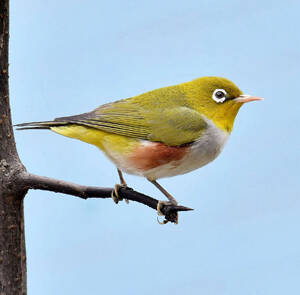
Zosterops erythropleurus
Zosterops erythropleurus,Chestnut-flanked White-eye,White eyes, pink eyes, brown eyes, red eyes with white eyes, red eyes with pink eyes
Chestnut-flanked White-eye, no subspecies.Chestnut-flanked White-eye often m···
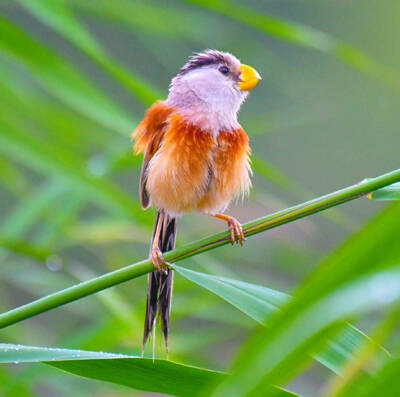
Calamornis heudei
Calamornis heudei,Reed Parrotbill,Paradoxornis heudei David, 1872
The Chinese Parrotbill is a rare bird species in China with 2 subspecies.The···
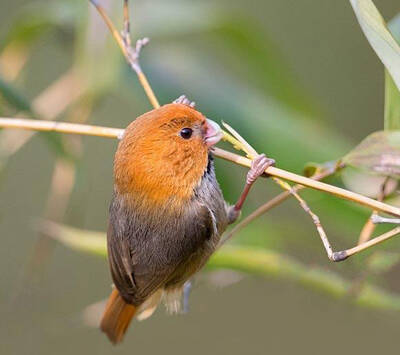
Neosuthora davidiana
Neosuthora davidiana,Short-tailed Parrotbill,Paradoxornis davidianus,Hanging mound parrot
Short-tailed Parrotbill is a small bird of the Warbler family and Parrotbill···
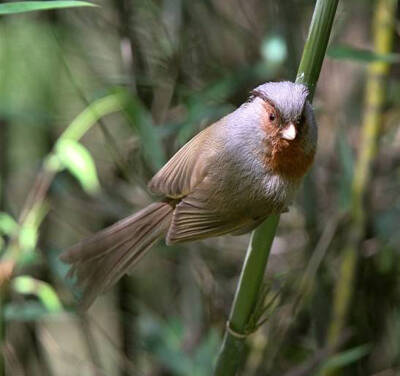
Sinosuthora przewalskii
Sinosuthora przewalskii,Rusty-throated Parrotbill,Paradoxornis przewalskii
Rusty-throated Parrotbill is a small bird of the family Oriole and the genus···
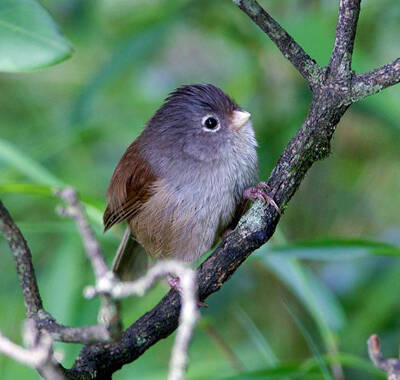
Sinosuthora zappeyi
Sinosuthora zappeyi,Grey-hooded Parrotbill,Paradoxornis zappeyi
Grey-hooded Parrotbill is a small bird of the Parrotbill family and Parrotbi···

Sinosuthora conspicillata
Sinosuthora conspicillata,Spectacled Parrotbill,Paradoxornis conspicillatus
Spectacled Parrotbill, also known as Spectacled Parrotbill in English, is a ···
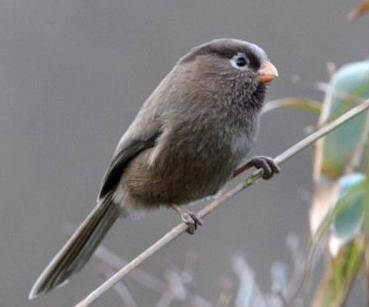
Cholornis paradoxus
Cholornis paradoxus,Three-toed Parrotbill,Paradoxornis paradoxus
Three-toed Parrotbill, also known as Three-toed Parrotbill in English, is a ···
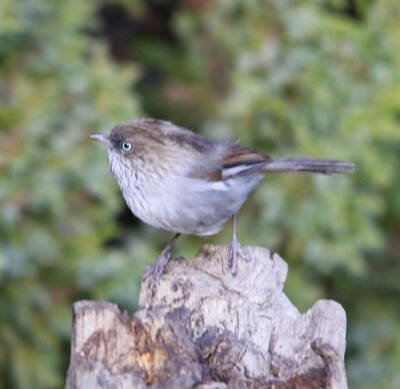
ulvetta striaticollis
Mountain Tit Babbler,,ulvetta striaticollis,Chinese Babbler
Mountain Tit Babbler, also known as Mountain Tit Babbler, has long been clas···
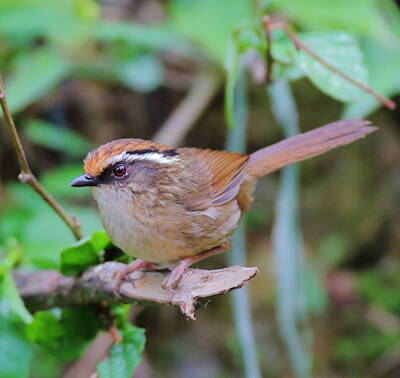
Moupinia poecilotis
Rufous-tailed Babbler,Moupinia poecilotis,Chrysomma poecilotis,Baoxing owl, brown-tailed owl, stone-painted eyebrows
Baoxing Babbler, also known as Rufous-tailed Babbler in English, is a small ···
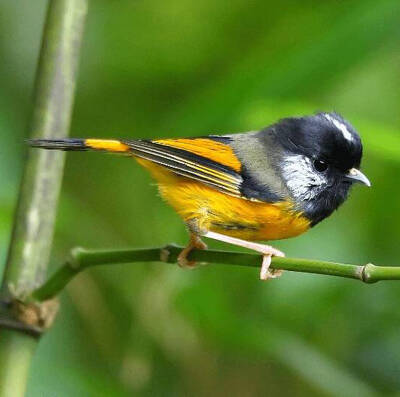
Lioparus chrysotis
Lioparus chrysotis,Golden-breasted Tit Babbler,Alcippe chrysotis
Golden-breasted Tit Babbler, also known as Golden-breasted Tit Babbler, is a···
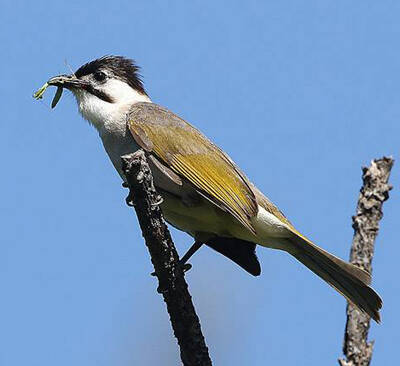
Pycnonotus taivanus
Pycnonotus taivanus,Styan's Bulbul,Aconitum
Taiwan Bulbul [bēi] is a medium-sized bulbul with no subspeciesTaiwan Bulbu···
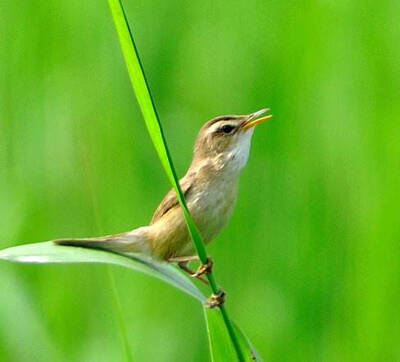
Acrocephalus sorghophilus
Speckled Reed Warbler,Acrocephalus sorghophilus
The Speckled Reed Warbler is a medium-sized reed warbler with no subspecies.···
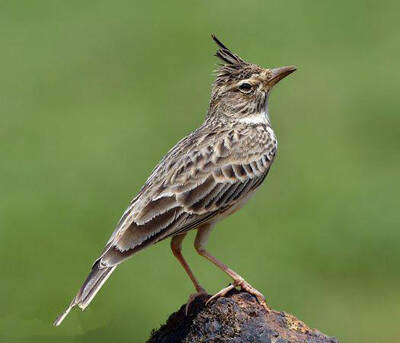
Alauda arvensis
Alauda arvensis, Eurasian Skylark, Sky Lark, Skylark, Alouette des champs,Alauda japonica Temminck & Schlegel, 1848,Great pipit, sky pipit, lark, bird of paradise, alan
Skylark is a small songbird with 11 subspecies.Skylarks often migrate in gro···
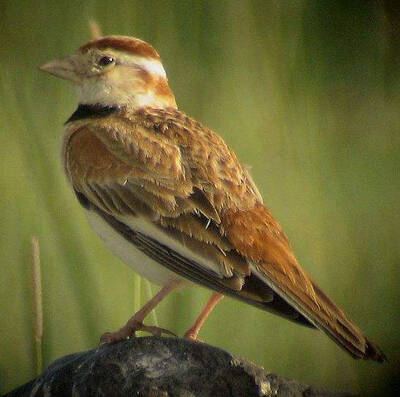
Melanocorypha mongolica
Melanocorypha mongolica,Mongolian Sky Lark
Mongolian Sky Lark, a small songbird with no subspecies.Mongolian Sky Lark o···
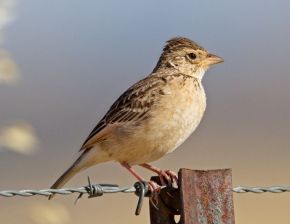
Mirafra javanica
Mirafra javanica,Australasian Lark
The Australasian Lark is a small songbird with 16 subspecies.The song lark o···
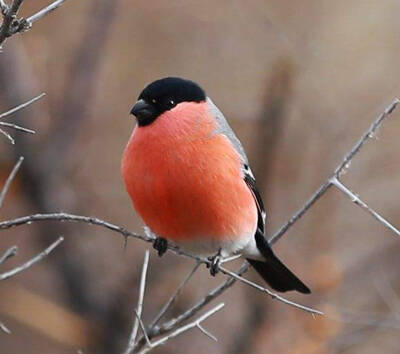
Parus davidi
Parus davidi,Rusty-breasted Tit
Rusty-breasted Tit, a small bird with no subspecies.Except for the breeding ···
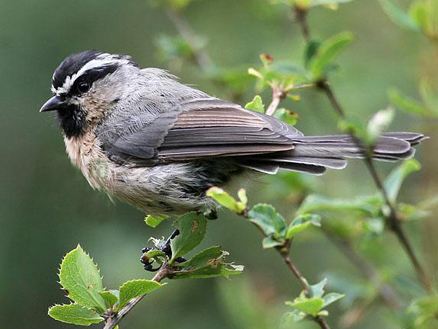
Parus superciliosus
Parus superciliosus
White-browed Tit is a species endemic to China with no subspecies.White-brow···
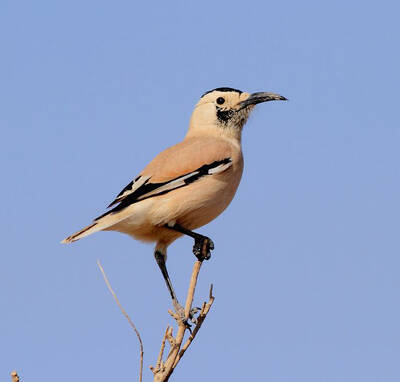
Podoces biddulphi
Podoces biddulphi,Xinjiang Ground-jay,Xinjiang ground crow, Biddulph ground crow, sand magpie, desert bird
White-tailed Ground-jay is called Xinjiang Ground-jay in foreign language, a···
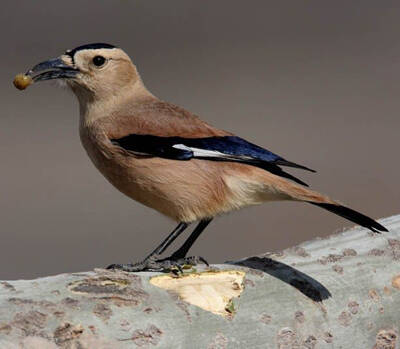
Podoces hendersoni
Podoces hendersoni,Mongolian Ground-jay
The black-tailed ground jay is called Mongolian Ground-jay in foreign langua···
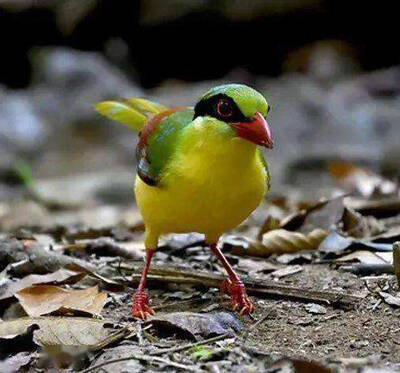
Cissa hypoleuca
Cissa hypoleuca,Yellow-breasted Magpie,Oriental green magpie, Indochinese green magpie, Indochinese green blue magpie
Yellow-breasted Magpie, also known as Yellow-breasted Magpie, has 5 subspeci···
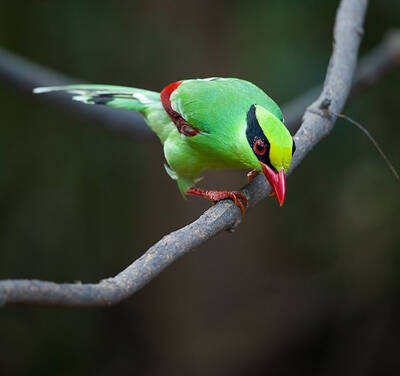
Cissa chinensis
Cissa chinensis,Common Green Magpie
Common Green Magpie, with 5 subspecies.Common Green Magpie is a resident bir···
